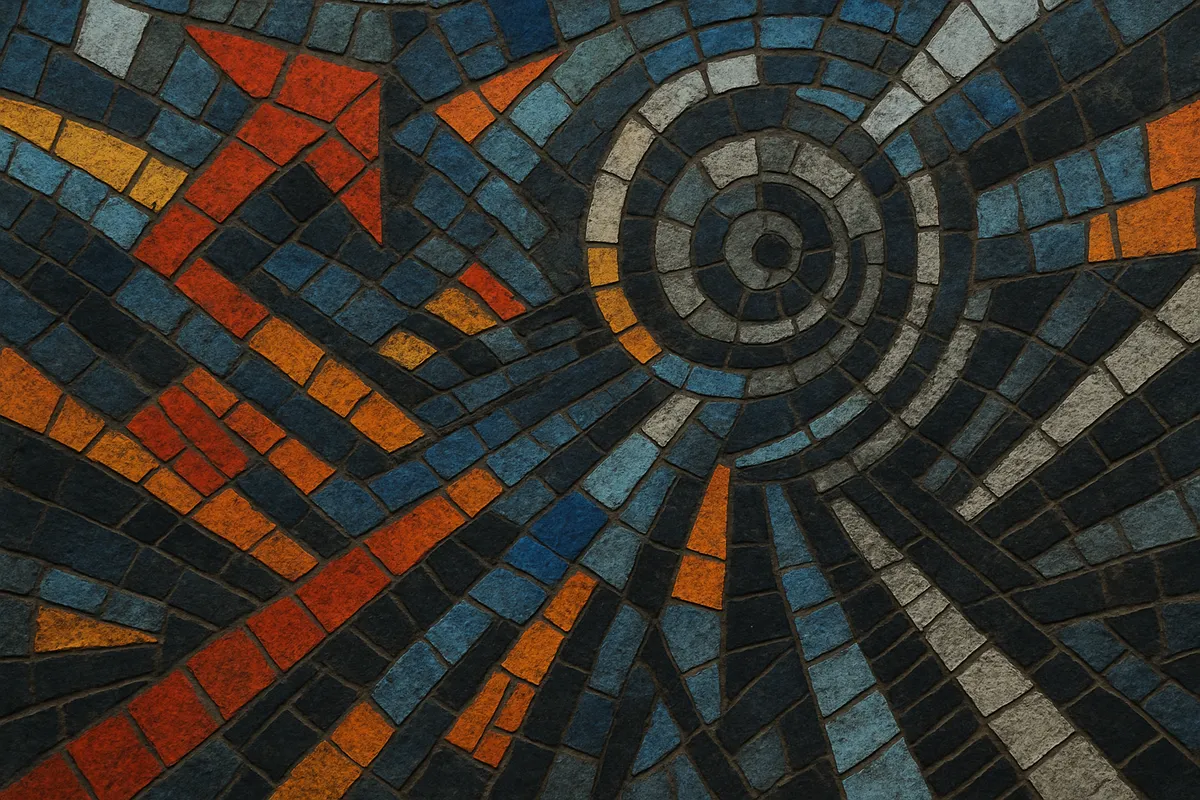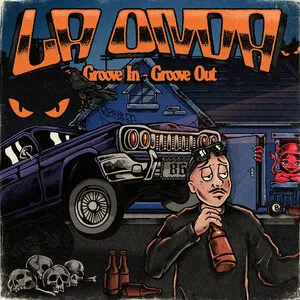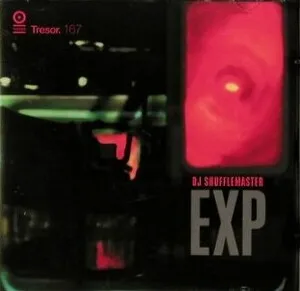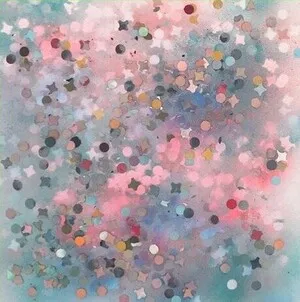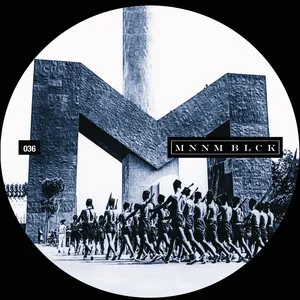Hardgroove techno is a late-1990s strain of techno that re-centers funk and percussive swing inside a driving, DJ‑friendly loop. It favors syncopated hi‑hats, shuffling shakers, rolling toms/congas, and muscular low-end over harsh distortion, producing a propulsive, dancefloor-first momentum.
Typically running around 130–140 BPM, the style uses short, tightly-edited loops, filter/EQ cuts, and deft drum programming to create continuous groove tension. Harmonic content is sparse—stabs, chords, or vocal snippets are used sparingly—so the focus stays on rhythm, swing, and energy. Think Detroit-informed machine funk meeting disco/house sample sensibility, engineered for long blends and peak-time pressure.
Hardgroove techno emerged in the UK and wider Europe as a reaction to increasingly linear or industrial strands of late-’90s techno. Producers such as Ben Sims and Mark Broom pushed a funk-forward, loop-based approach that drew on Detroit’s sense of swing and house/disco’s percussive fluency. Labels like Hardgroove (Ben Sims), Theory Recordings, Primate Recordings, Drumcode (in its earlier, loopier years), and The Advent’s Kombination Research became dependable sources for this shuffling, drum-driven sound.
By the early 2000s, records from The Advent, Umek, Valentino Kanzyani, Space DJz, Gaetano Parisio, and others spread the aesthetic across Europe’s big rooms and warehouses. The style valued tight arrangement for DJs—long, tool-like sections with incremental changes, filter rides, and drum drops—making it ideal for extended peak-time sets. Its emphasis on groove set it apart from both industrial-leaning techno and trancey big-room variants.
While tastes cycled through minimal, industrial, and peak-time trends, hardgroove’s DNA—loopy percussion, persistent swing, and DJ-oriented structures—remained influential. Contemporary peak-time/warehouse techno regularly borrows its rolling toms, conga shuffles, and EQ‑driven transitions. Periodic revivals, reissues, and new tracks in the vein underscore its enduring utility as a high-energy yet funk-rooted techno toolset.

